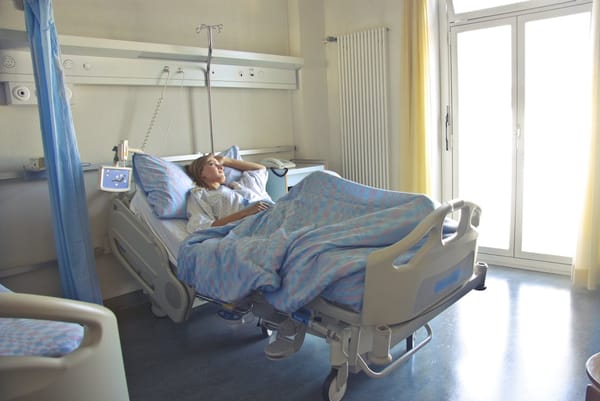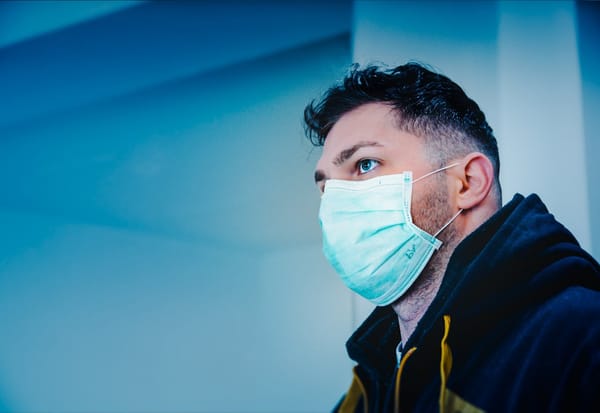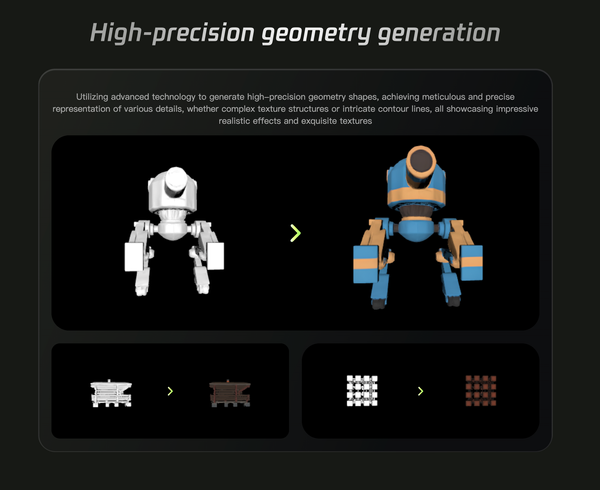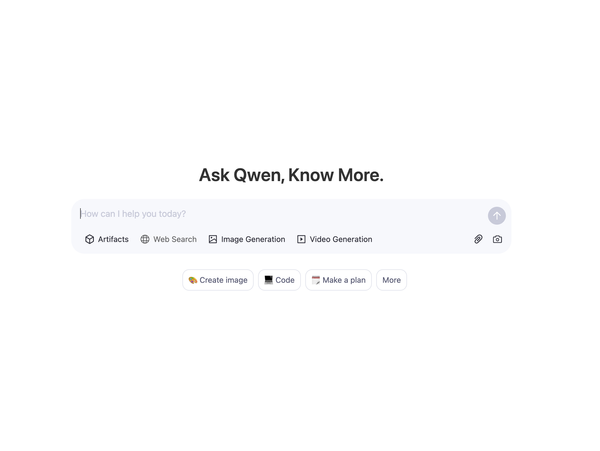10 Cyber threats for Healthcare Systems
Are You Truly Ready to Put Your Mobile or Web App to the Test?
Don`t just assume your app works—ensure it`s flawless, secure, and user-friendly with expert testing. 🚀
Why Third-Party Testing is Essential for Your Application and Website?We are ready to test, evaluate and report your app, ERP system, or customer/ patients workflow
With a detailed report about all findings
Contact us nowTable of Content
Protection against cyber threats is crucial for healthcare services because they handle sensitive patient information and rely on computer systems to support critical operations. Cyberattacks on healthcare organizations can result in the compromise of patient data, disruption of services, and even the potential harm of patients.
Additionally, healthcare organizations may be targeted more frequently than other industries due to the value of the data they hold. Therefore, it is essential to have robust cybersecurity measures in place to protect against cyberthreats and ensure the safety and privacy of patients' information.
Why cybersecurity team is an important asset for healthcare services
Cybersecurity teams are an important asset for healthcare services because they handle sensitive patient information and rely on computer systems to support critical operations.
Cyberattacks on healthcare organizations can result in the compromise of patient data, disruption of services, and even the potential harm of patients. Therefore, it is essential to have robust cybersecurity measures in place to protect against cyberthreats and ensure the safety and privacy of patients' information.
Healthcare organizations should be aware of common cyberthreats and implement strong access controls, conduct regular security assessments, and train staff to recognize and respond to potential cyberthreats.
What are the common Cyberthreats for healthcare?
1- Phishing attacks
Cybercriminals use emails or text messages to trick hospital staff into sharing sensitive information or downloading malware.
2- Social engineering attacks
Cybercriminals use deception to manipulate hospital staff into divulging sensitive information.
3- Ransomware attacks
Malware that encrypts a hospital's data and demands a ransom for decryption.
4- Password attacks
Weak passwords or password reuse make hospital systems vulnerable to attack.
5- Insider threats
Hospital employees who intentionally or unintentionally leak sensitive data.
6- IoT vulnerabilities
Connected medical devices that are not properly secured can be exploited by hackers.
7- DDoS attacks
Distributed Denial of Service attacks can disrupt hospital systems and cause downtime.
8- Third-party attacks
Hackers target vendors and other third-party partners to gain access to hospital systems.
9- APTs: Advanced Persistent Threats
These are long-term attacks that aim to steal sensitive data from hospital systems.
10- Cloud security vulnerabilities
Cloud-based hospital systems can be vulnerable to attack if not properly secured.
Final Note
How to protect healthcare services against cyber threats?
To protect healthcare services against cyber threats, it is essential to have robust cybersecurity measures in place. Healthcare organizations should be aware of common cyber threats such as phishing attacks, ransomware attacks, insider threats, IoT vulnerabilities, DDoS attacks, social engineering attacks, password attacks, third-party attacks, APTs, and cloud security vulnerabilities.
They should implement strong access controls, conduct regular security assessments, and train staff to recognize and respond to potential cyber threats.
Additionally, organizations should have a plan in place for responding to cyberattacks and ensure that patient data is backed up and can be recovered in the event of a ransomware attack.











